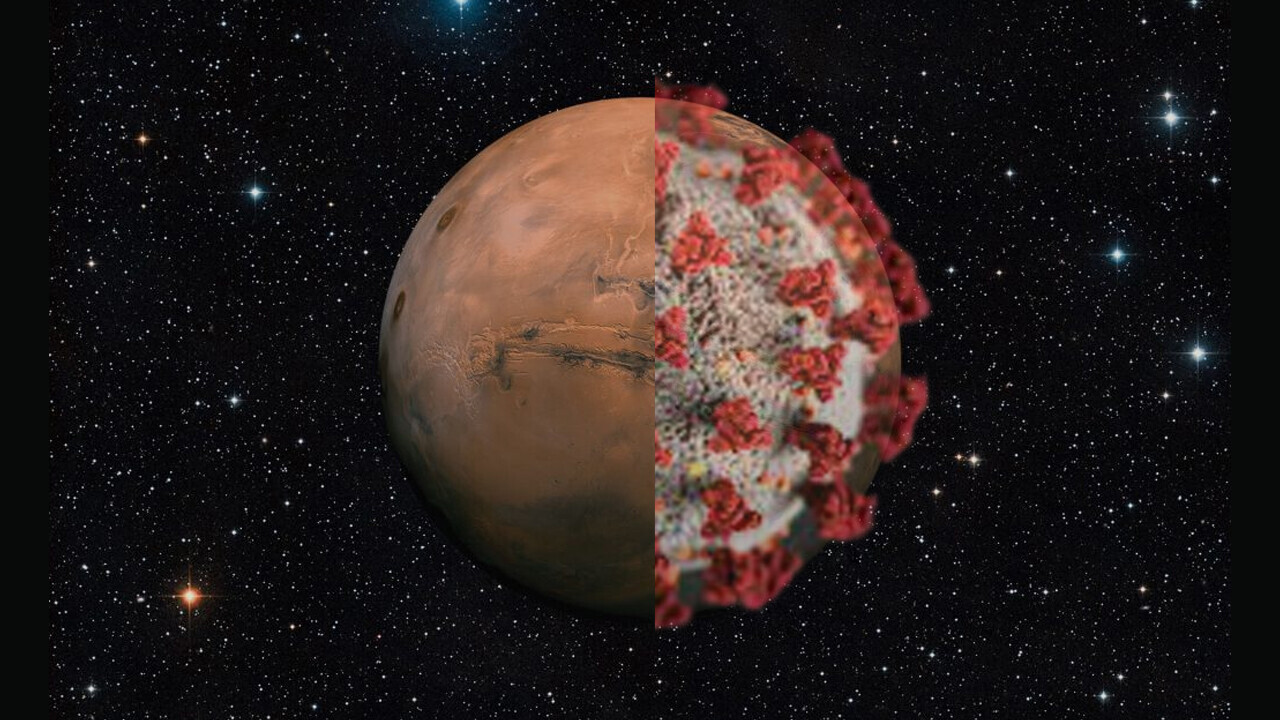All Articles for
Microbial Life
A microorganism (from the , mikros, "small" and , organismós, "organism") is a microscopic living organism, which may be single celled or multicellular. The study of microorganisms is called microbiology, a subject that began with the discovery of microorganisms in 1674 by Antonie van Leeuwenhoek, using a microscope of his own design. Microorganisms are very diverse and include all the bacteria and archaea and almost all the protozoa. They also include some fungi, algae, and certain animals, such as rotifers. Many macroscopic animals and plants have microscopic juvenile stages. Some microbiologists also classify viruses (and viroids) as microorganisms, but others consider these as nonliving. Microorganisms live in every part of the biosphere, including soil, hot springs, "seven miles deep" in the ocean, "40 miles high" in the atmosphere and inside rocks far down within the Earth's crust (see also endolith). Microorganisms, under certain test conditions, have been observed to thrive in the vacuum of outer space. The total amount of soil and subsurface bacterial carbon is estimated as 5 x 1017 g, or the "weight of the United Kingdom". The mass of prokaryote microorganisms — which includes bacteria and archaea, but not the nucleated eukaryote microorganisms — may be as much as 0.8 trillion tons of carbon (of the total biosphere mass of 4 trillion tons). On 17 March 2013, researchers reported data that suggested microbial life forms thrive in the Mariana Trench. the deepest spot in the Earth's oceans. Other researchers reported related studies that microorganisms thrive inside rocks up to below the sea floor under of ocean off the coast of the northwestern United States as well as beneath the seabed off Japan. On 20 August 2014, scientists confirmed the existence of microorganisms living below the ice of Antarctica. According to one researcher,"You can find microbes everywhere — they're extremely adaptable to conditions, and survive wherever they are." Microorganisms are crucial to nutrient recycling in ecosystems as they act as decomposers. As some microorganisms can fix nitrogen, they are a vital part of the nitrogen cycle, and recent studies indicate that airborne microorganisms may play a role in precipitation and weather. Microorganisms are also exploited in biotechnology, both in traditional food and beverage preparation, and in modern technologies based on genetic engineering. A small proportion of microorganisms are pathogenic and cause disease and even death in plants and animals. Microorganisms are often referred to as microbes, but this is usually used in reference to pathogens.
